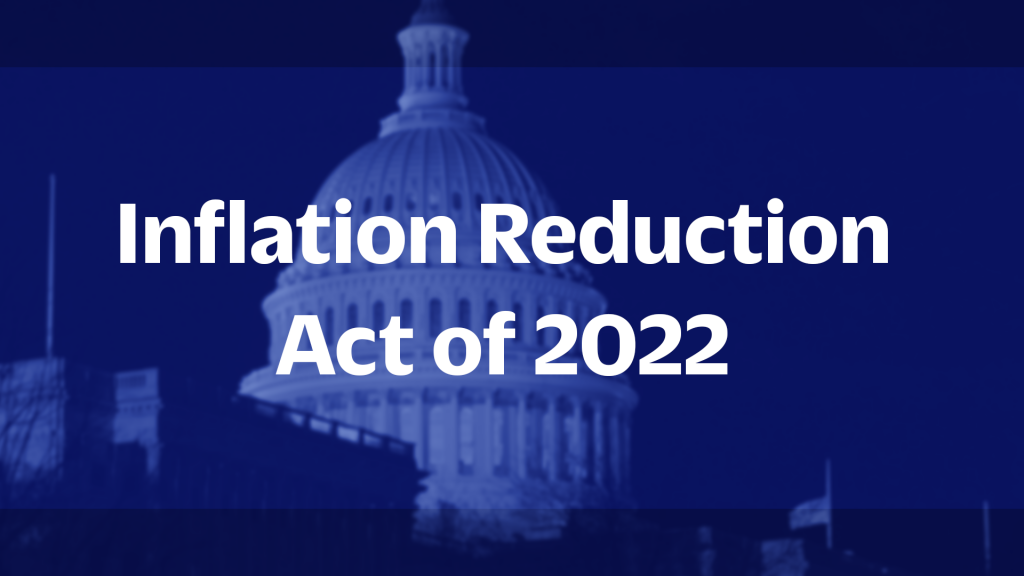
An article at Mondaq.com goes into some detail about the many opportunities presented by the recently passed Inflation Reduction Act (IRA).
Among other things, the Act saw the introduction of a number of new and expanded tax credits aimed at onshoring American manufacturing, representing opportunities for manufacturing within critical industries, in particular those industries that are key players in the Biden administration’s goal to address climate change. The incentives range from tax credits directly to manufacturers of certain equipment to incentives for taxpayers to purchase equipment from American manufacturers.
Many of the tax credits will go into effect on January 1, 2023. Treasury and the White House have stated that they will work with industry to ensure that the regulations have a broad consensus and can benefit both large and small manufacturers. Credits are available on an annual basis for eligible components sold beginning in 2023, going through 2032 (with a phaseout beginning in 2030).
One example: a new production tax credit was introduced with the IRA. Eligible components include components within wind, solar, and battery projects, such as PV cells, PV wafers, solar modules, blades, nacelles, inverters, and battery cells and modules, among many others.
The IRA also expanded a tax credit that provides incentives for solar manufacturers, among other clean energy producers, for purchasing and commissioning property to build a manufacturing facility before January 1, 2025.
For taxpayers that don’t have the tax appetite to claim the credits on their returns directly, the IRA enacted two new provisions that may help taxpayers take advantage of these credits. Manufacturers can receive a direct cash payment from Treasury for the first five years for which the manufacturer would otherwise have been eligible for the credit.
There’s a lot more detail in the article here. Have a read.

 Dad Caps
Dad Caps
 Five Panel Hats
Five Panel Hats
 Mesh Back Hats
Mesh Back Hats
 In Stock Blanks
In Stock Blanks
 Snapback Hats
Snapback Hats
 Stretchfit Hats
Stretchfit Hats
 Duffel Bags
Duffel Bags
 Backpacks
Backpacks
 Tote Bags
Tote Bags
 Computer Bags
Computer Bags
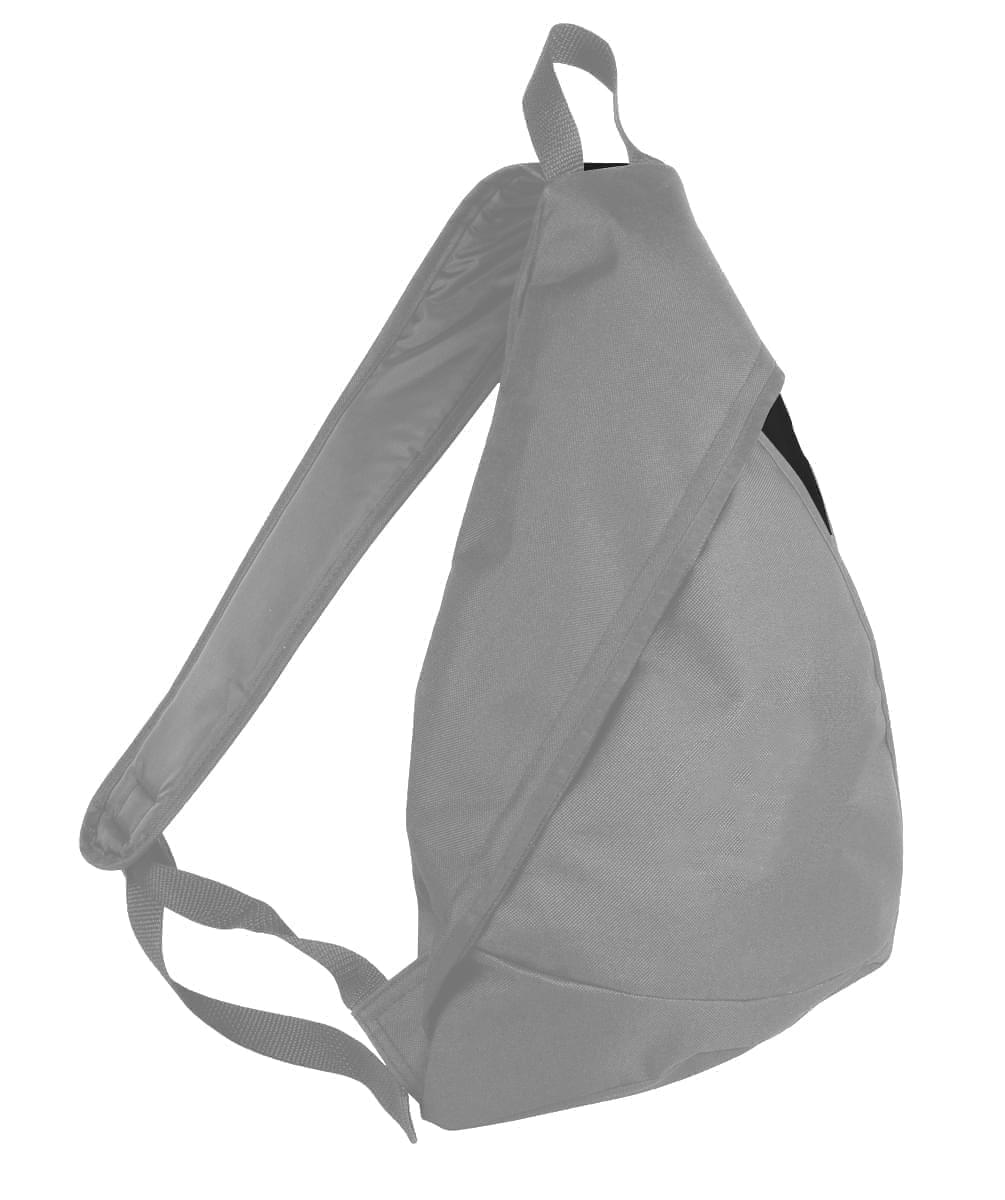 Sling Messenger Bags
Sling Messenger Bags
 Cooler Bags
Cooler Bags
 Cuff Hats
Cuff Hats
 Beanies
Beanies
 Scarves
Scarves
 Zipper Folders
Zipper Folders
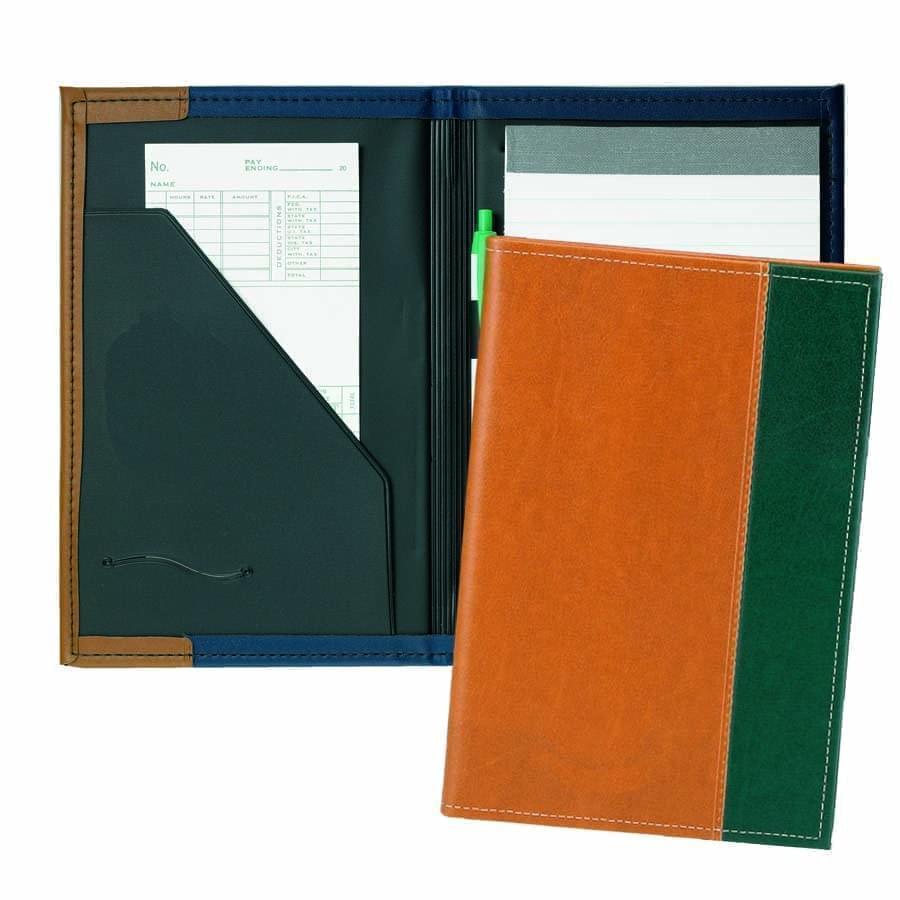 Stitched Folders
Stitched Folders
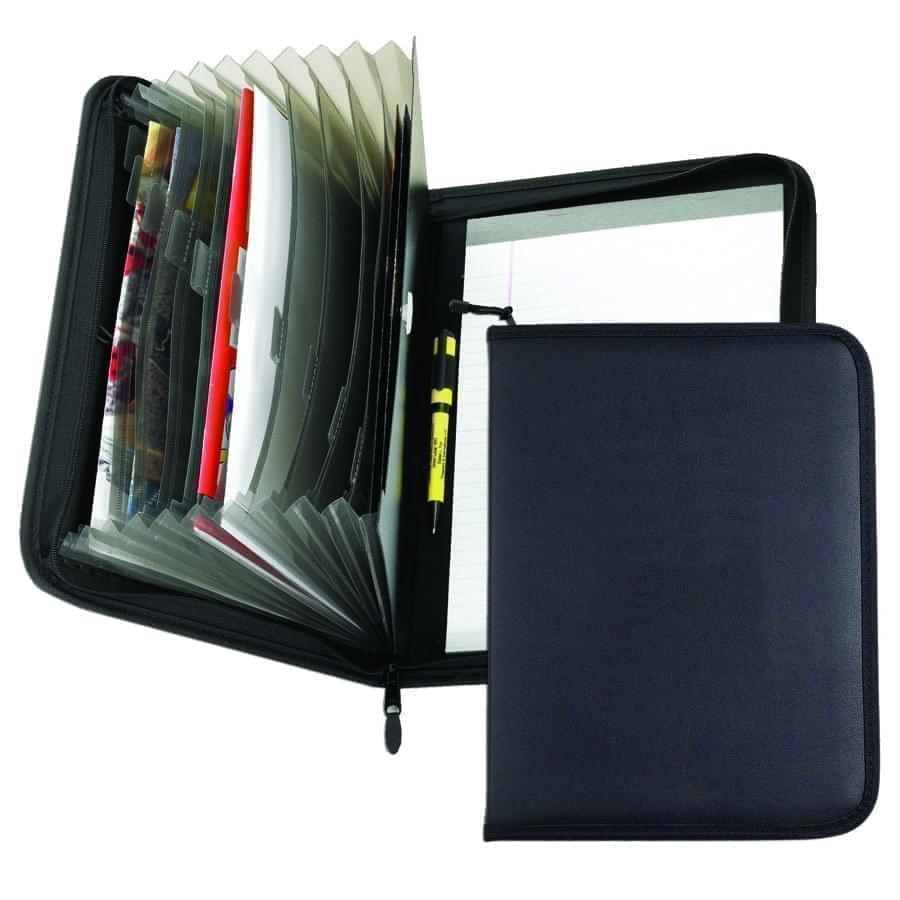 Accordion Folders
Accordion Folders
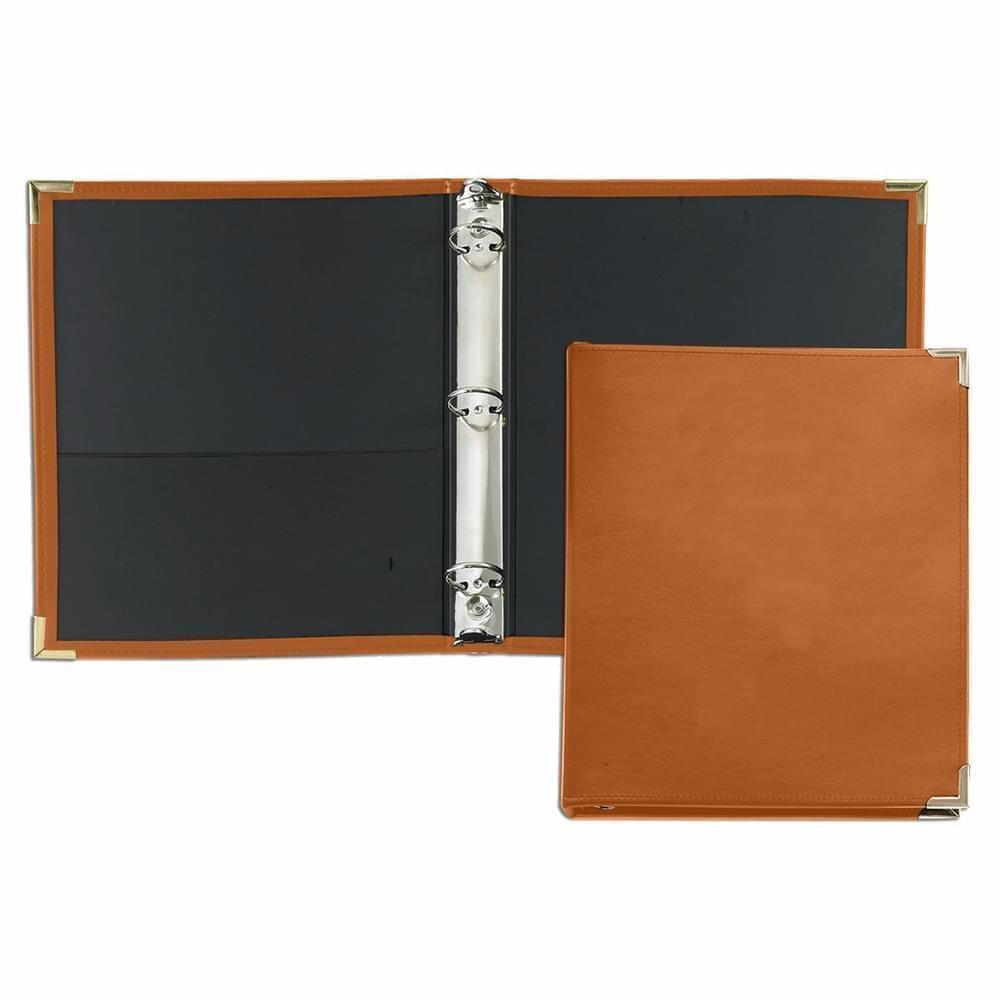 Ring Binders
Ring Binders
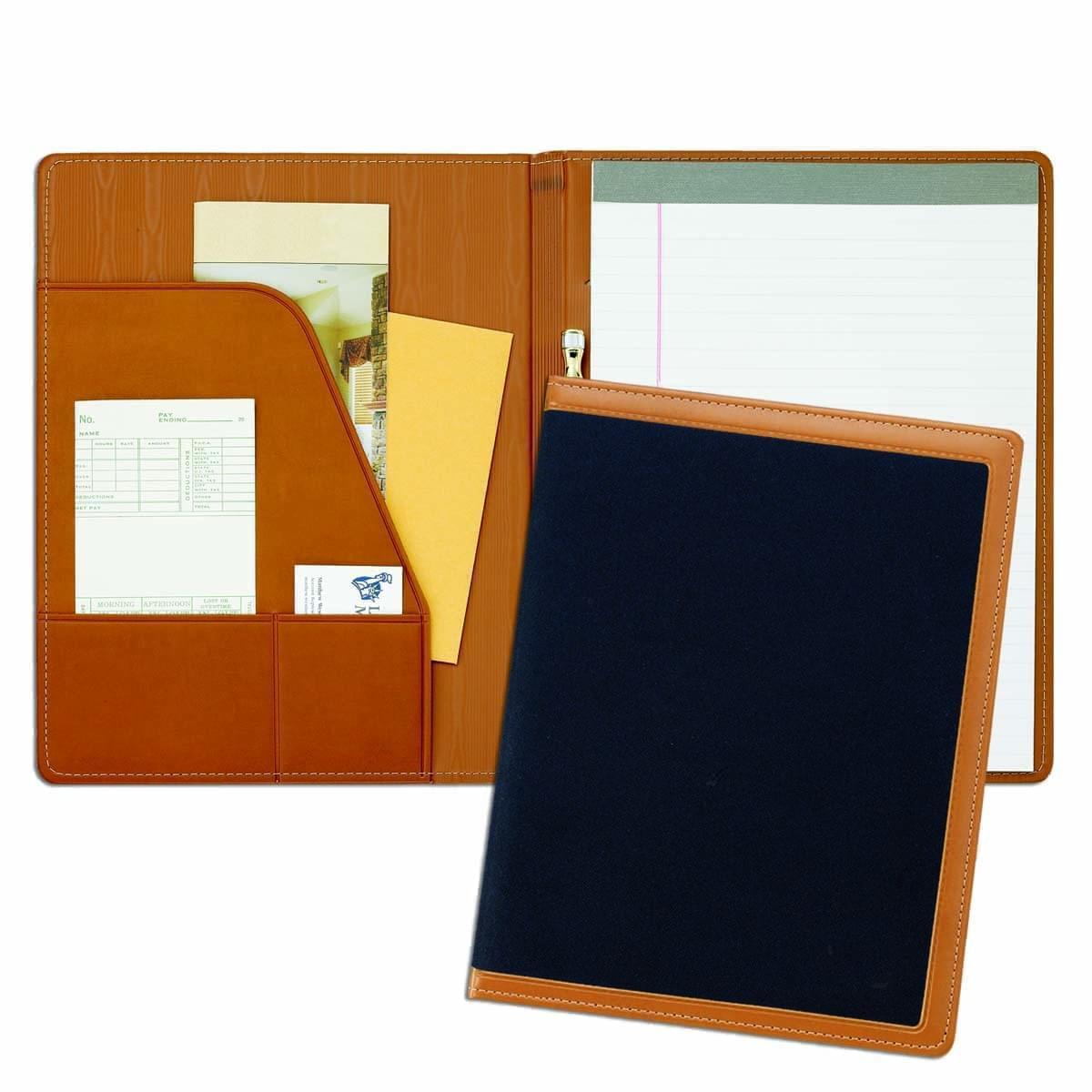 Letter Folders
Letter Folders
 Clipboards
Clipboards

 Union Made In USA
Union Made In USA






